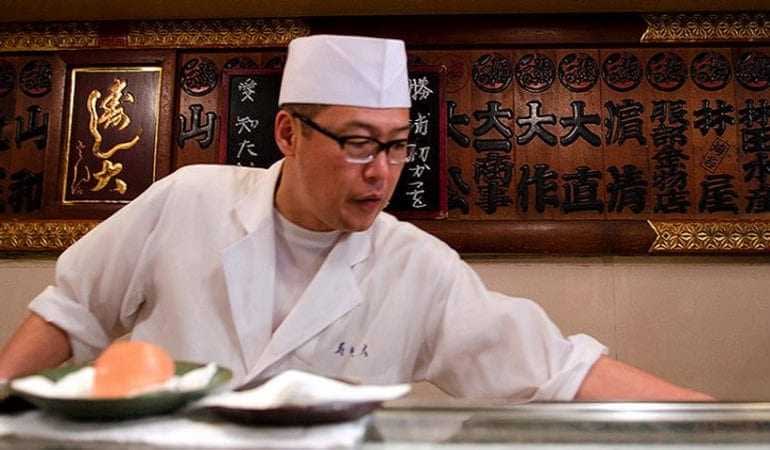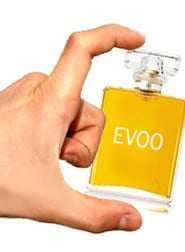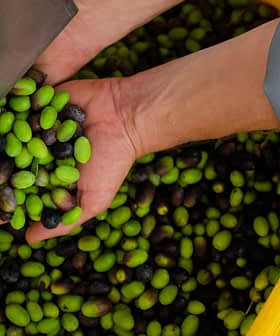
Sell your oil in small bottles and stress the health benefits. Those are among tips from Spain’s Institute of Foreign Trade (ICEX) for companies seeking a slice of the expanding olive oil market in Japan, the world’s third biggest economy.
In a new report, it says that in the last decade, Japan’s olive oil imports grew 41 percent, peaking in 2010 with more than 41,000 tons and making the country number 14 in the world ranking of olive oil importers. In 2011, its virgin olive oil imports had a value of 11.3 billion yen ($144 million). Yet olive oil is so far just 2 percent of Japan’s vegetable oil sales.
Italy leads market
“The Olive Oil Market in Japan” says that Italy paved the way for wine and olive oil consumption in Japan with its promotion of Italian cuisine. The Japanese now associate olive oil with Italian food and favor “Made in Italy” labels.
Sales leader Italy accounts for half of total volume, Spain follows with 40 percent and Turkey has rapidly overtaken Greece to nab third place.
ICEX says Spain and Turkey compete closely on price — with respective average wholesale prices for virgin olive oil of about 350 and 365 yen per liter in 2011 — while Italy is the most expensive at 514 yen.
Consumer preferences in Japan
 Japanese consumers currently use olive oil at home about once or twice a week and mainly for pasta or salads, though they prefer the huge range of pre-made dressings for the latter and cheaper, seed oils for frying.
Japanese consumers currently use olive oil at home about once or twice a week and mainly for pasta or salads, though they prefer the huge range of pre-made dressings for the latter and cheaper, seed oils for frying.
Although two thirds of the olive oil Japan imported in 2011 was virgin, most consumers so far don’t know or care much about the difference between that and refined oil.
Mild-tasting Riviera olive oil, a mix of extra virgin and refined olive oil, is the most popular there, ICEX reports.
Prices and bottle sizes
Given they don’t use olive oil daily and their kitchens are small, the Japanese prefer 250ml bottles.
They generally buy their olive oil in supermarkets or small local stores where retail prices range from 300‑1800 yen ($4 – 23).
“The cheapest olive oils are those from Japanese food giants who bottle imported olive oils under their own label and benefit from economies of scale and well-established distribution channels. The prices of these bottles are nevertheless usually more than €8 ($10.50) a liter” ICEX says.
Health benefits key
Belief it is beneficial to health is the bedrock of olive oil demand in Japan.
“The greatest chance of success for olive oil hinges on it being a “healthy product” that can compete directly with other oils and healthy food products on the Japanese market.”
While difficult to obtain, the official JAS certification for organic products is worth pursuing, ICEX advises exporters.
Its report includes a link to maximum chemical residues allowed in food in Japan and says that olive oil companies are frequently asked about pesticide levels in their products.
Though mainly consumed as a food, cosmetics and pharmaceuticals account for a tenth of Japan’s olive oil use and demand in the daily skin care segment has increased significantly.
Internet sales growing
Success in entering the Japanese market depends all the time more on the choice of distributor there, but some importers have eliminated the middle man and achieved success with online sales, a channel expected to expand.
ICEX urges realistic expectations for all exporters: “Despite the growth in olive oil sales, Japan should be seen as a long-term market because this product will not form part of the daily diet but tend to become one of regular consumption.”
The Olive Oil Times reported in April that the International Olive Council was funding a campaign in Japan for 2012 – 13 to promote consumption of olive oil and table olives with a focus on health benefits, particularly regarding cardiovascular disease, ageing and diabetes.








